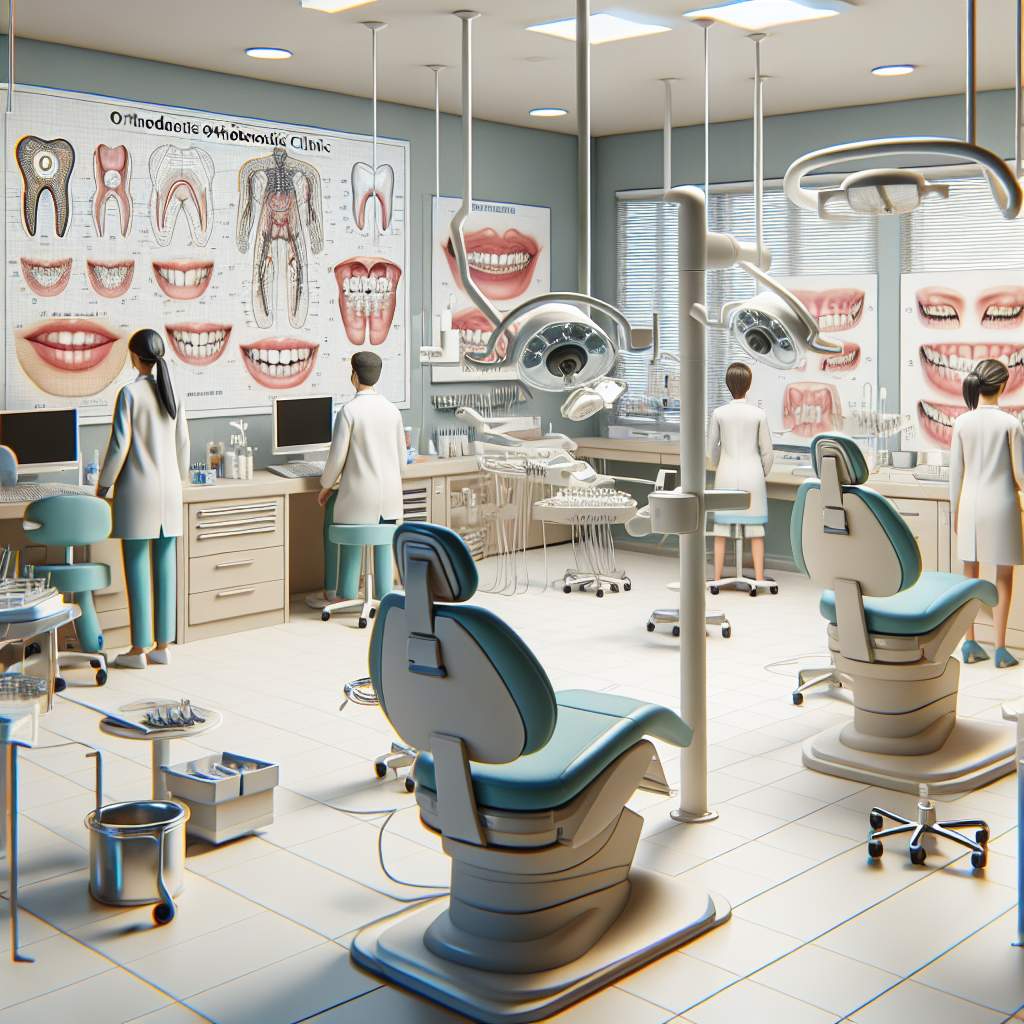What is the science behind mewing?
Mewing is a technique that involves positioning the tongue against the roof of the mouth to potentially improve facial structure and breathing. The science behind it suggests that consistent pressure from the tongue can influence the alignment of teeth and jaw over time. This practice is based on principles of orthotropics, which study how facial bones can change shape with different habits. However, scientific evidence supporting mewing’s effectiveness is limited.

How Does Mewing Affect the Jawline and Facial Structure?
Mewing is a technique that some people believe can change the way your jawline and face look. It’s all about how you position your tongue in your mouth. The idea is to push your tongue against the roof of your mouth. People say this can help shape your jawline and make it look sharper.
When you do mewing correctly, it’s supposed to help with the alignment of your facial bones. This could lead to a more defined jawline over time. Some folks also think it might even change other parts of your face, like making your cheekbones stand out more.
What Are the Theories Behind Mewing’s Effectiveness?
The main theory behind mewing is that it can influence bone structure in adults, even though most people think bones stop changing after childhood. By applying constant pressure with the tongue against the roof of the mouth, mewing is believed to encourage changes in the facial bones. This theory suggests that our facial structure isn’t completely fixed and can be altered slightly through practices like mewing.
Another idea is that proper tongue posture, which is a big part of mewing, can improve overall health. This includes better breathing patterns and even changes in how we chew our food. Supporters believe these small adjustments can lead to significant improvements in both appearance and function over time.
Can Mewing Improve Breathing and Sleep Apnea Symptoms?
Some people who practice mewing report that it helps them breathe better. They say that by training their tongue to stay at the top of their mouth, their airway stays more open. This could potentially help with problems like snoring or sleep apnea, where breathing stops and starts during sleep.
Better breathing through mewing might also lead to improved sleep quality overall. If you’re able to breathe easier at night, you might not wake up as often. However, it’s important to remember that everyone’s experience with mewing will be different.
How Long Does It Take to See Results from Mewing?
The time it takes to see results from mewing varies from person to person. Some people might notice changes in a few months, while others may need to practice for years before seeing any difference. A lot depends on how often you do it and if you’re doing it correctly.
It’s also worth noting that younger individuals might see results faster than older ones because their bones are still growing and changing. But no matter your age, patience is key when trying out something like mewing for changes in facial structure.
| Concept | Description |
|---|---|
| Mewing Basics | A technique that involves proper tongue posture, aiming to reshape the jawline and facial structure by pressing the entire tongue against the roof of the mouth. |
| Anatomical Basis | The practice targets the maxilla (upper jaw), mandible (lower jaw), and palatal suture, areas responsive to pressure and remodeling over time. |
| Physiological Impact | Consistent pressure from the tongue can potentially influence nasal breathing, improve orofacial muscle tone, and encourage forward growth of the facial bones. |
| Muscles Involved | Mainly involves the genioglossus (tongue muscle), masseter (jaw muscle), temporalis (temporal muscle), and medial pterygoid muscles. |
| Neurological Considerations | Proper tongue posture may affect neural pathways related to swallowing, breathing, and possibly speech, reinforcing healthier patterns of muscle use. |
| Potential Benefits | Reported benefits include improved jawline definition, better breathing patterns, reduced sleep apnea symptoms, and enhanced overall facial aesthetics. |
| Limits & Risks | Limited scientific evidence supports long-term effectiveness; improper technique may lead to TMJ issues or worsened dental alignment. |
Is There Scientific Evidence Supporting the Benefits of Mewing?
When it comes to mewing, a lot of people wonder if there’s real science behind it. The truth is, scientific studies specifically on mewing are limited. This makes it hard to say for sure how effective it is.
However, some research on orthotropics, which is related to mewing, suggests changes in facial structure can happen. But these studies often involve more than just the tongue posture techniques of mewing. So, drawing a direct line from these results to mewing itself isn’t straightforward.
How Should One Properly Practice Mewing for Optimal Results?
To practice mewing correctly, you need to focus on your tongue’s position. It should rest entirely against the roof of your mouth. Not just the tip, but the whole tongue should be up there.
Besides that, keeping your lips together and teeth slightly touching is part of proper technique. Remembering to maintain this posture as much as possible throughout the day is key. It might feel strange at first, but with time it gets easier.
Are There Any Risks or Side Effects Associated with Mewing?
Mewing is generally considered safe since it involves natural positions of the tongue and jaw. However, if done incorrectly, there could be some risks or side effects. For example, applying too much pressure with the tongue could lead to discomfort or pain.
Also, people who obsess over perfecting mewing might experience stress or frustration if results don’t come quickly. It’s important to approach mewing with realistic expectations and understand that any significant changes will take time.
Final Thoughts
Mewing has gained a lot of attention as a way to potentially improve facial structure and health issues like sleep apnea. While definitive scientific evidence is scarce, some believe in its benefits based on personal experiences and related research.
If you’re considering trying mewing, learning the correct technique is crucial. Be mindful of potential risks and remember that patience is key when waiting for visible results. As with any new practice affecting your health or body, consulting with a professional can provide guidance tailored to your needs.







